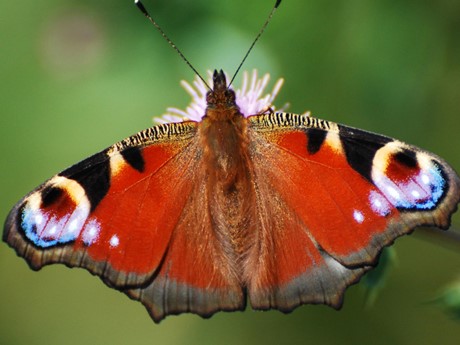The first signs of spring
Lorienne Whittle, 10/01/2022
Identifying and recording snowdrops for Nature’s Calendar
- We want to know when the flowers have opened sufficiently to see inside the flower. See our events page to make sure you aren’t recording too early or too late.
- Be careful not to confuse this species with cultivated varieties, check our species page to find out the differences. Cultivated snowdrops have different flowering times.
- The date the flower is open the correct amount is the vital information we need, so keep watching and let us know when this happens.

Be sure to look for non-cultivated varieties of snowdrop (Photo: istock/georgeclerk)

One of the first flowers to bloom in the calendar year, snowdrops herald the very beginning of spring (Photo: northeastwildlife.co.uk)
Where to see snowdrops
You know spring is on the way when you see your first snowdrop, why don’t you go out and find some?
- Scotland – Lang Craig (Dumbarton) 600 acre native woodland with over 6km of grass and surfaced paths there’s plenty of space for you to hunt snowdrops.
- Wales – Marl Hall Woods (Llandudno) is home to a variety of trees including oak and pine and of course lots of snowdrops!
- North East England – Nunsbrough wood (Ordley) dominated by mature oak and ash there is a large riverside meadow which is home to wildflowers including snowdrops.
- South East England – Ashenbank wood (Cobham) is a site of scientific interest and is known for its beautiful shows of snowdrops.
- Central England – The Nuttery (Newnham) is a hazel Orchard with lots of snowdrops fitted around the trees.
- South West England – Avon Valley Woods (Woodleigh) the Trusts first ever purchase with lots of snowdrops to be seen!
For more information read our recent blog, Where and when to see snowdrops.

Hazel catkins flowering (Photo: Richard Gibbs)

Elder budburst (Photo: Pete Holmes)

Lesser celandine first flowering (Photo: northeastwildlife.co.uk)
What are the other early signs of spring?
Take a look at our handy phenology calendar to see what else you could be looking out for to record with Nature's Calendar.
Hazel first flowering (when the catkins open up and begin to release their yellow pollen), elder budburst and pretty little lesser celandine flowering are all events that can usually be spotted in January.

Snowdrops in the spring sunshine (Photo: Phil Formby/WTML)
How do we use your records?
Once your record has been submitted online it's safely stored in the Nature's Calendar database. We're incredibly lucky to have a rich history of recording nature in the UK - our Nature's Calendar phenology database goes all the way back to 1736!
This is long dataset is vitally important in studying the impact of climate change on our plants and animals. Every record gives us a better understanding of the timing of natural events and a good spread of records across the UK is also really important.
All of our Nature's Calendar records are freely available to students and researchers and we'd love to hear from more people interested in using it. Take a look at our Research pages for more information on current and previous projects.

